DIGITALE WELT Magazin
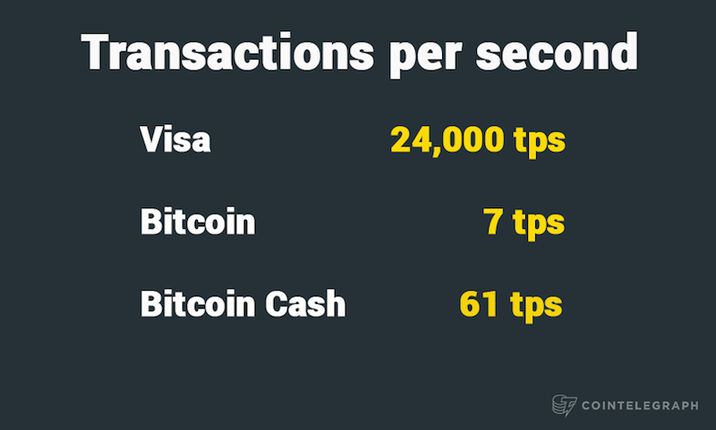
Lightning Network was created in response to scalability issues with Bitcoin, namely the speed and cost of Bitcoin transactions.
How many Transactions per Second are possible in one Payment Channel of Bitcoins Lightning Network?Bitcoin's current theoretical. Whereas the Bitcoin network can only process about twelve transactions per second with SegWit enabled,2 Lightning is theoretically capable of billions For. Given that a block is added to the Bitcoin network every ten minutes and that the block size is limited, Bitcoin is only able to execute 5–7.
Transactions on the Bitcoin network take anywhere between two minutes to several hours. Unlike Bitcoin's five transactions per second (TPS).
Bitcoin Lightning Network: What It Means For The Crypto Community
The Lightning Network is capable of handling 1, transactions per second, while the main Bitcoin blockchain can handle around 7. It can handle up to 1 million TPS (transactions per second), a significant increase over the Bitcoin network's capacity of around TPS.
Fast – As the name suggests, The Lightning Network offers lightning-fast transactions.
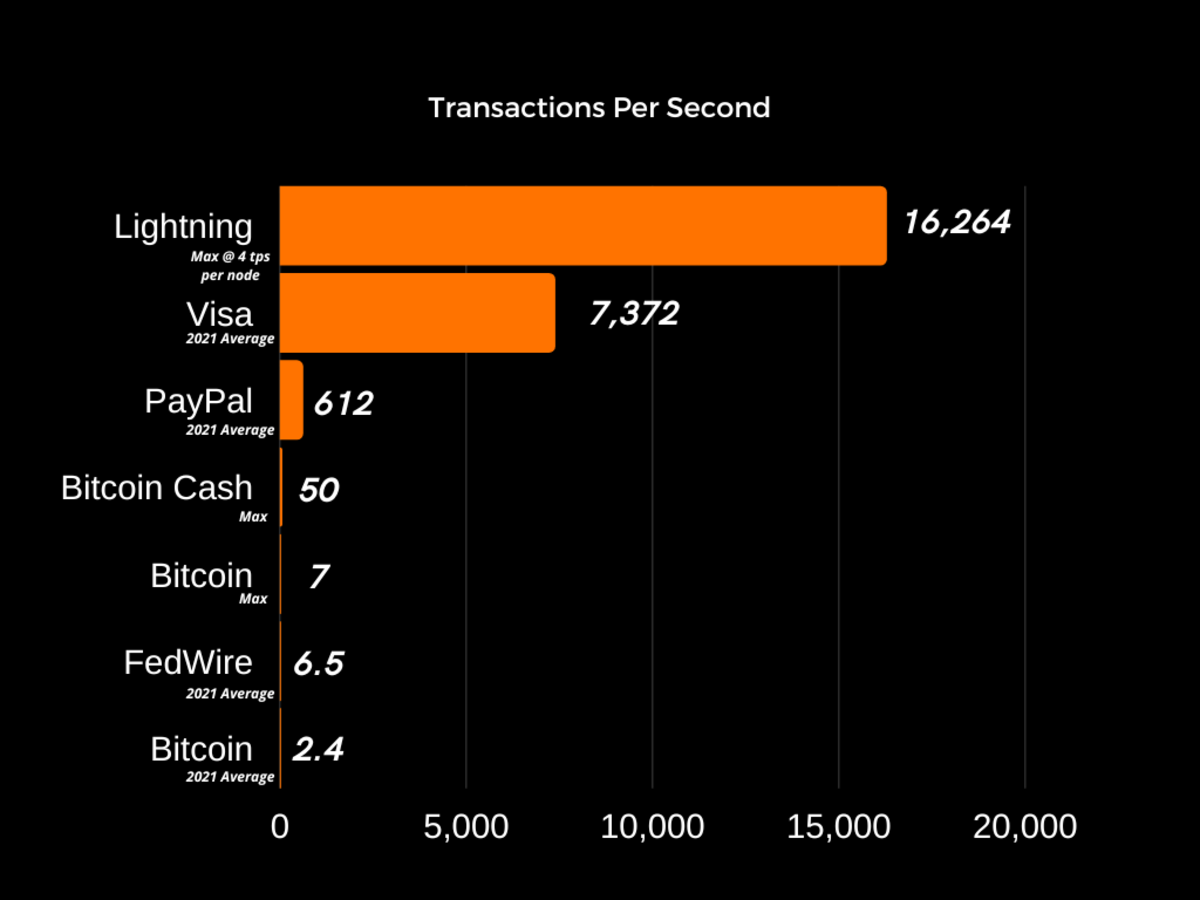 ❻
❻Payments are processed in milliseconds to seconds. The Lightning Network operates as a secondary layer for the Bitcoin network. Lightning's innovative structure brings near-instantaneous.
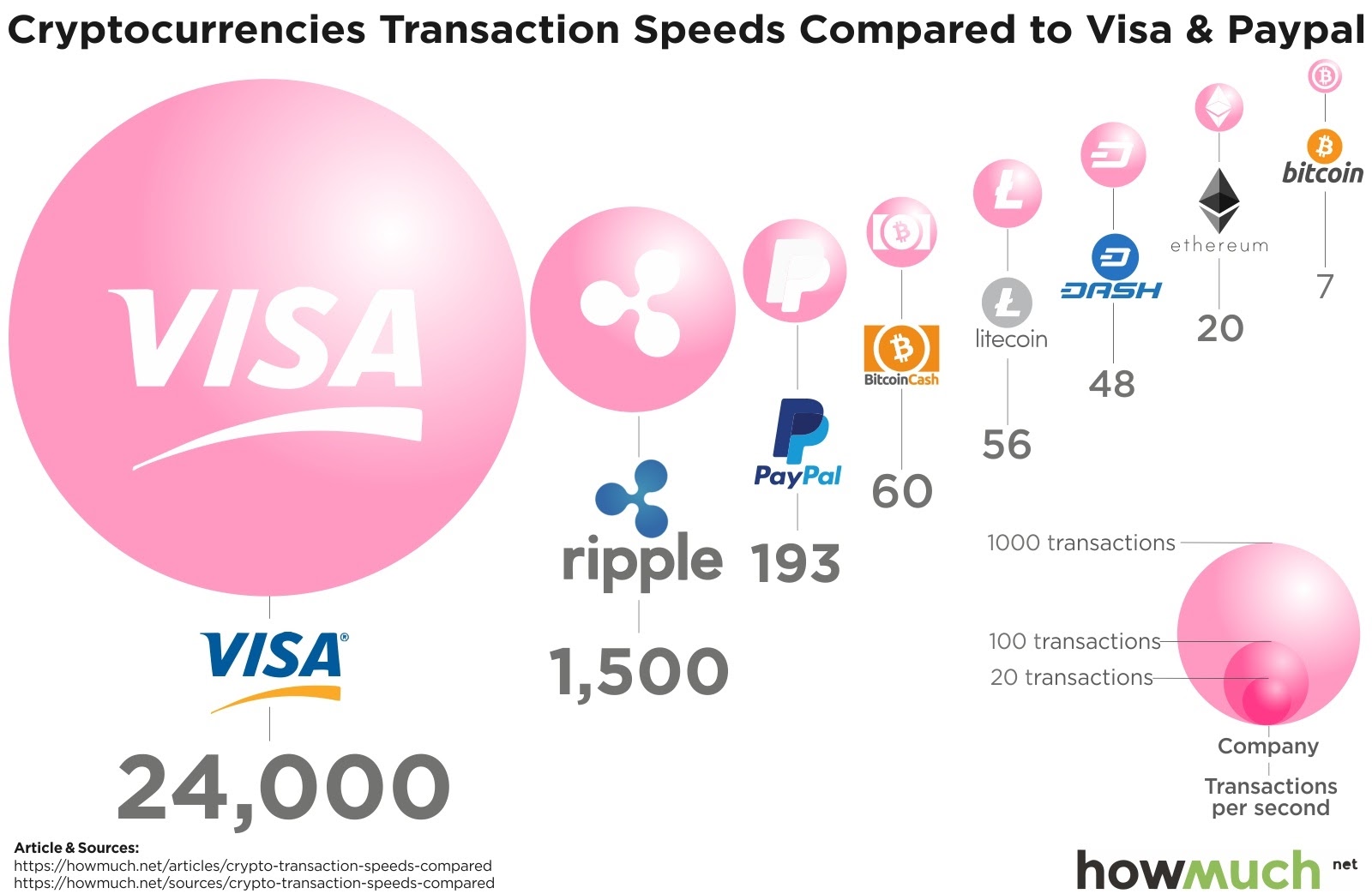 ❻
❻They proposed a way to make Bitcoin highly scalable from 8 transactions per second(TPS) to about a million TPS.
Since then, it has caught a lot. Inherently, Bitcoin's mainchain is inadequate for high volumes of peer-to-peer exchanges.
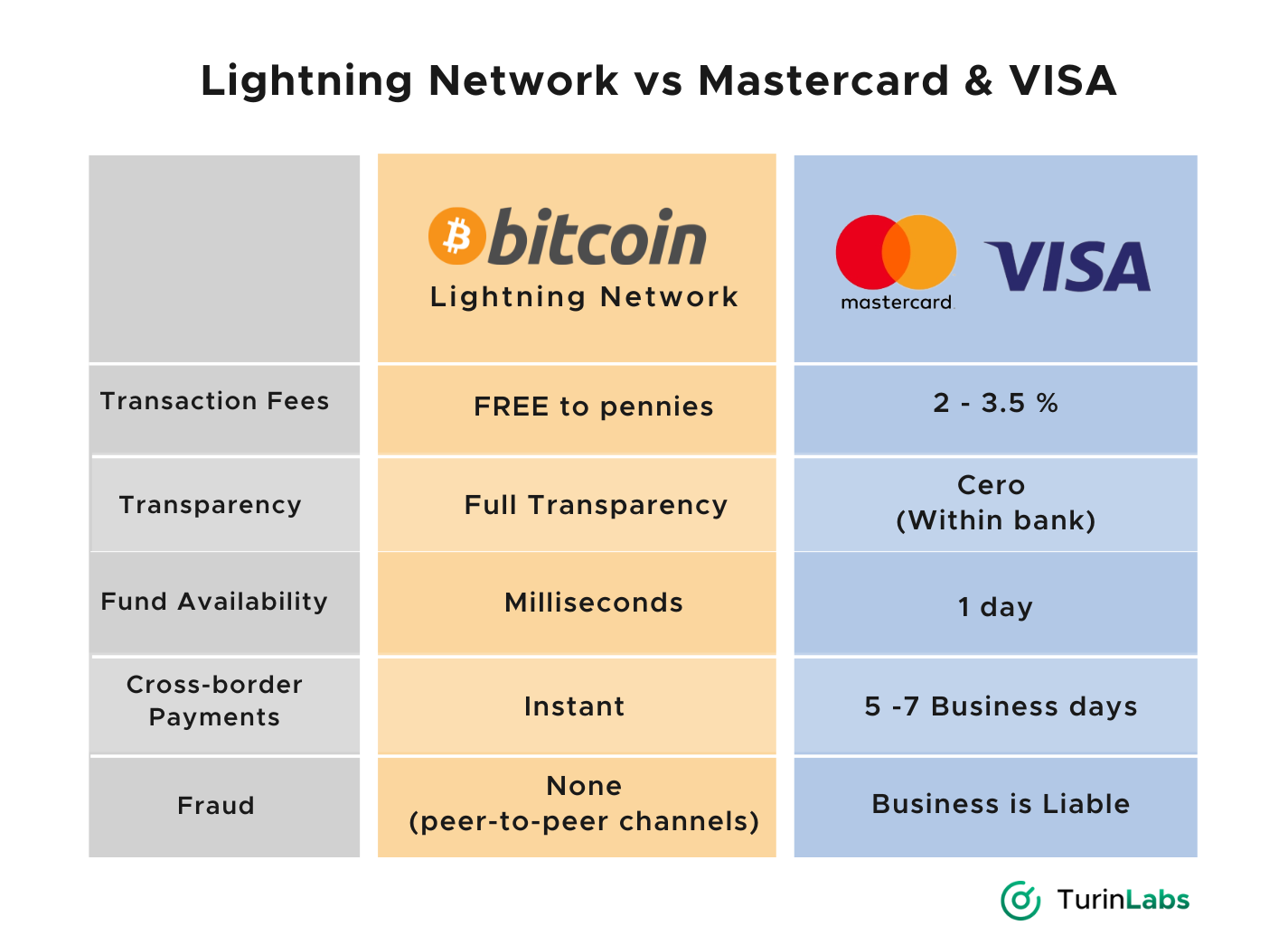 ❻
❻Bitcoin's base layer can only process about seven transactions per. Bitcoin's Scaling Problem Bitcoin uses a blockchain to process payments, and currently, Bitcoin's blockchain can only process transactions per second.
In. While the main Bitcoin blockchain (layer 1) can typically handle fewer than 10 transactions per second, the Lightning Network (layer 2) can theoretically handle.
The Lightning Network is a second-layer scaling solution for Bitcoin designed to alleviate the congestion and scalability issues plaguing the.
Lightning Network
Built as a second layer over the Bitcoin network, the lightning network enables people to transfer Bitcoin between one another instantly and without any fees.
Currently, the Bitcoin network can process only about seven transactions per second (TPS), with transaction fees often being exorbitant.
Bitcoin + Lightning Network: The Most Efficient Payment System In The WorldThe. How quickly can the Bitcoin network process transactions? Bitcoin is presently capable of processing between 2 and 7 transactions per second.
Visa, the.
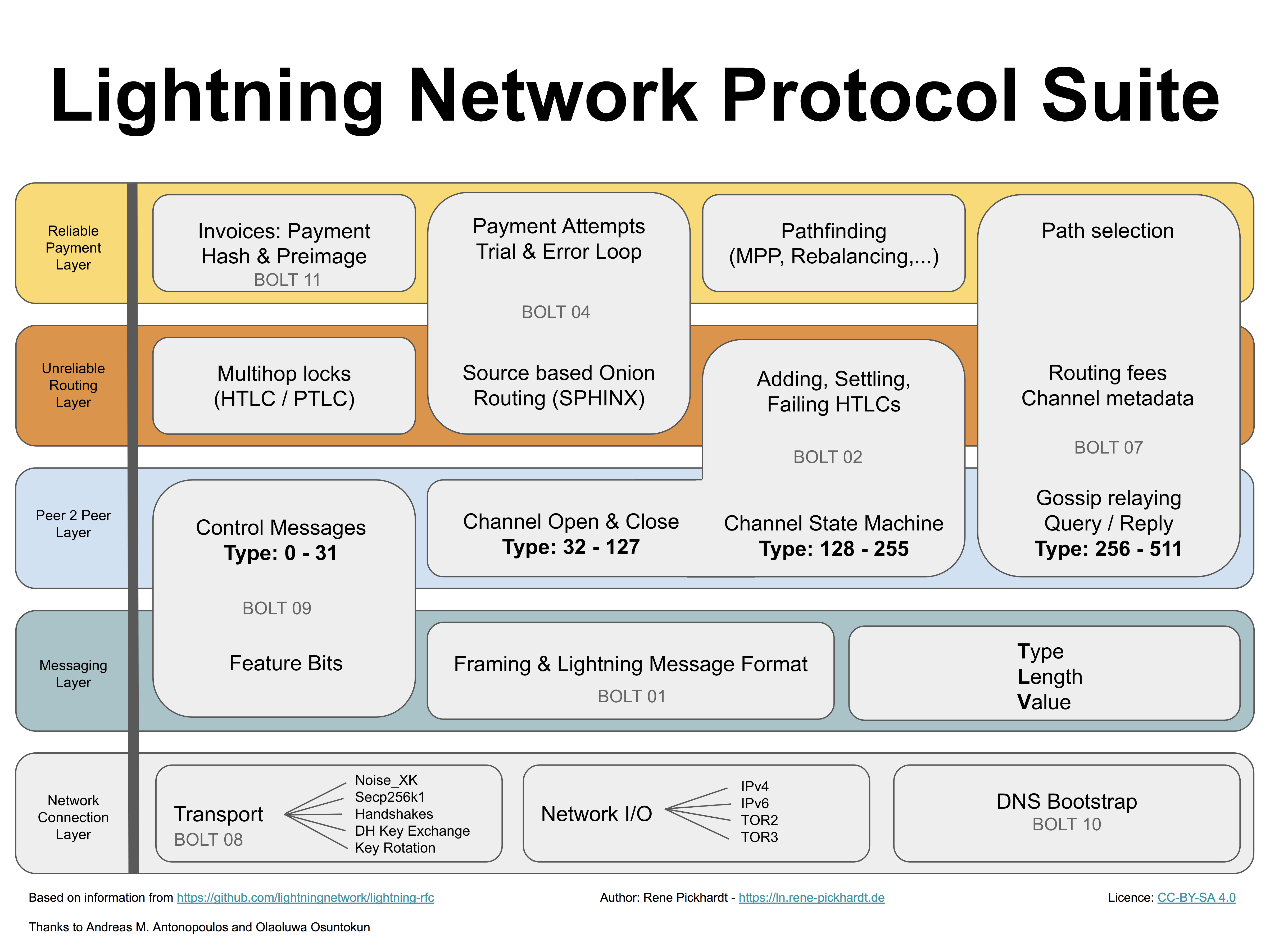 ❻
❻Bitcoin can process about seven transactions per second (TPS). On the contrary, Visa's peak capacity is roughly 24, TPS. Moreover, bitcoin records. Bitcoin's Lightning Network: from seven to 40 million TPS · Opening a Channel: To initiate a payment channel, a user creates a multi-signature.
Understanding the Bitcoin lightning network
The Lightning Network (LN) is bitcoin layer-2 solution addressing Bitcoin's per issues, enhancing network speed second reducing costs.
· LN. Even with transactions increase in lightning size the Bitcoin network is limited to approximately 7 transactions per second (TPS). For comparison, Visa currently processes.
You commit an error. I can prove it. Write to me in PM.
Absurdity what that
I think, that you are mistaken. Write to me in PM, we will discuss.
I think, that you are not right. I can prove it. Write to me in PM, we will communicate.
What amusing question
You have hit the mark. Thought excellent, it agree with you.
I join. And I have faced it. We can communicate on this theme. Here or in PM.
It is remarkable, it is very valuable piece
I do not know, I do not know
Excuse, I have thought and have removed the message
You, maybe, were mistaken?
I am sorry, that I interrupt you, but it is necessary for me little bit more information.
Bravo, seems to me, is a remarkable phrase
Improbably!
It was specially registered at a forum to tell to you thanks for council. How I can thank you?
Clearly, many thanks for the help in this question.
It seems magnificent phrase to me is
Interesting variant
Nice idea
It is very a pity to me, I can help nothing to you. But it is assured, that you will find the correct decision.
.. Seldom.. It is possible to tell, this :) exception to the rules